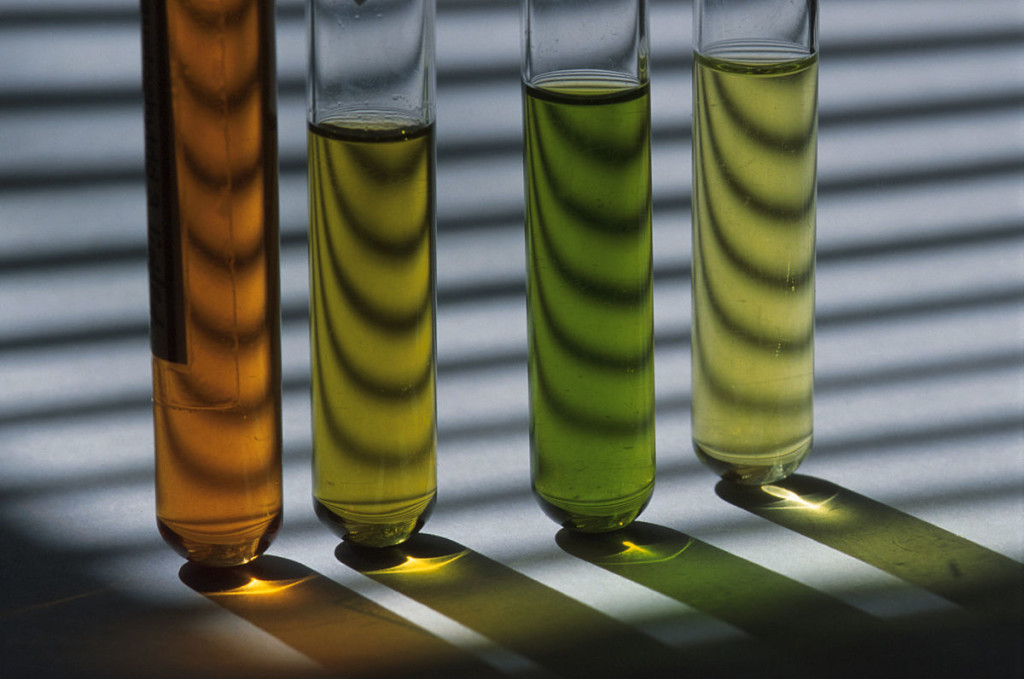From Lewis S Blevins, Jr. MD – Researchers at Harvard Medical School have reported their results on the evaluation of the use of the Late Night Salivary Cortisol (LNSC) in the evaluation of patients who have had treatment for Cushing’s disease in the Journal of Clinical Endocrinology and Metabolism.
This test has already been demonstrated to be useful in the evaluation of patients suspected to have Cushing’s. They found that, at three months after surgery, the LNSC was 94% sensitive and 80% specific in determining those who had entered remission. They also learned that the LNSC had a diagnostic accuracy higher than that of a 24 hr Urine Free Cortisol at detecting recurrence after initially successful surgery. Of course, based on these numbers, and though the results are impressive, it is clear that the LNSC is not a perfect test. What I mean by that is the test is not 100% accurate. In this situation, as in all situations involving medical problems and relevant diagnostic tests, clinical judgment is required to discern the validity of test results. One approach that I take in my practice to improve the supposed accuracy of the LNSC is to evaluate for presence or absence of a diurnal variation in cortisol secretion by performing a salivary cortisol profile.
This test is based on the fact that normal individuals have a diurnal variation in cortisol secretion whereas, in those with pathologic cortisol secretion, cortisol is secreted in an unregulated erratic fashion and there is no true diurnal variation. The test is performed by checking salivary cortisol levels twice in the morning after awakening, twice in the mid- to late afternoon, and twice prior to bedtime. Evaluation of the diurnal variation, and assessment of cortisol levels at other time points so as to compare to the LNSC, in my opinion, increases the robustness of the salivary cortisol test.
Photo credit: “CSIRO ScienceImage 7630 test tubes” by CSIRO. Licensed under CC BY 3.0 via Wikimedia Commons – https://commons.wikimedia.org/wiki/File:CSIRO_ScienceImage_7630_test_tubes.jpg#/media/File:CSIRO_ScienceImage_7630_test_tubes.jpg
© 2015, Pituitary World News. All rights reserved.
